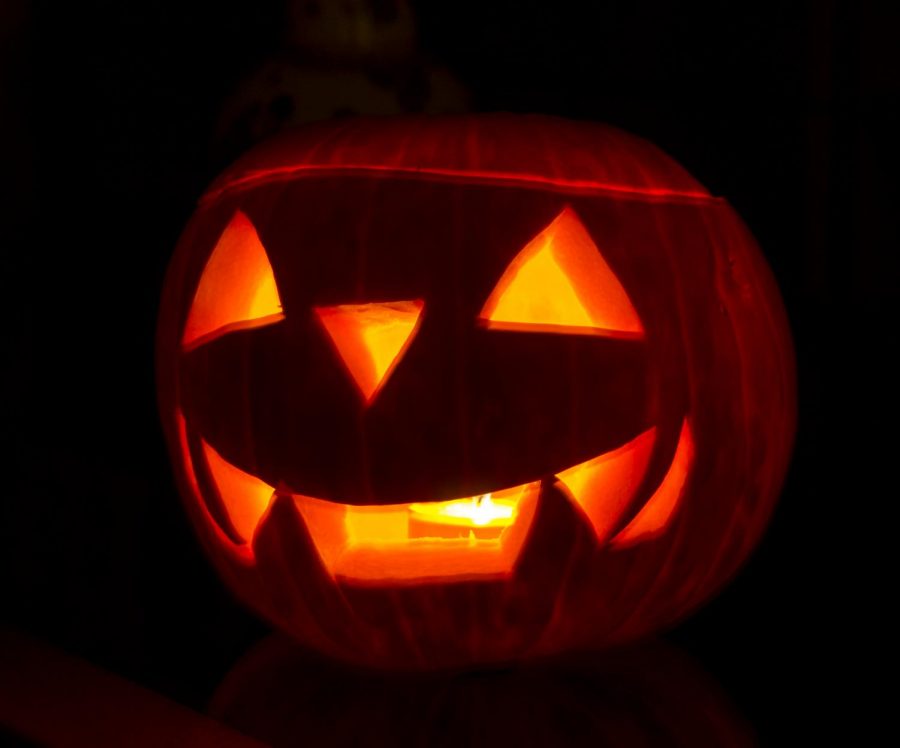The Science of Fear
October 23, 2019
Halloween will be here before we know it. It’s the time of year where we got into our freakishly crafty costumes and explore the streets of our dark neighborhoods with friends or relatives. The holiday is known for being the most festive and spookiest time of the year that scares us out of our own skin, but what is the science behind our fear?
If you were to go enter a haunted house for the fun of it all, you would expect jump scares, but you would not know the timing or where the jump scare could be. Jumpscares are a true classic. You are creeping down an eerie corridor in the shabby two-story estate, tense as you were that did not cease you from moving forward. The planks under your feet screech by every step you take. The portraits in the gold framing of former members of the home get you paranoid. It was almost as if those studious eyes of theirs were tracking your every movement, counting every heartbeat thumping in your constricted chest. You’re on the edge and abruptly, you have come face to face with a restless spirit. The brain would react in all sorts of ways at that moment.
Fear begins in the brain, then overwhelms the body. The response to the fear originates in the region and center of the brain, known as the amygdala. It activates your fight or flight response in certain regions of the brain, to be exact if you ever sight a threat. It as well as releases your stress and the hormones. You feel the adrenaline rush and your pupils dilate, this also includes fast rates of the heart and pumping of blood.
The answer as to why we get scared, well, the answer is many. Phobias are among one of several of the main reasons, they are caused by traumatic events or the phobia was passed down. Especially the odd ones such as the fear of buttons or the fear of dancing. Phobias could run in the family, an event the oddest of them could think of.
